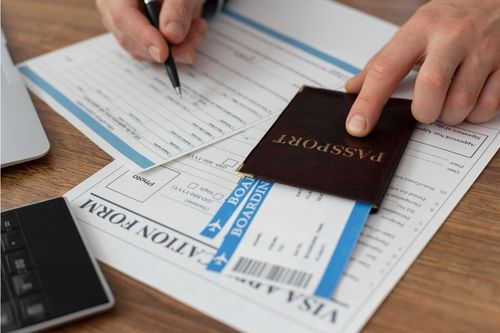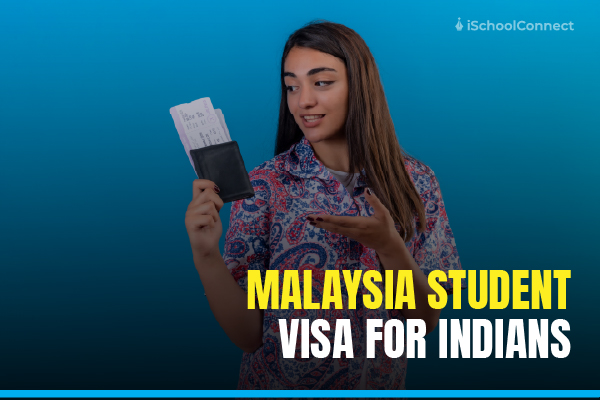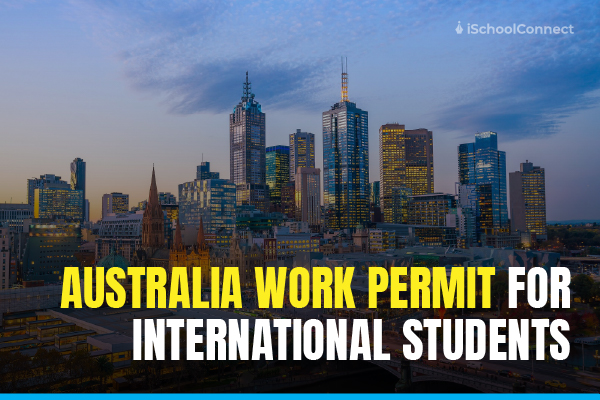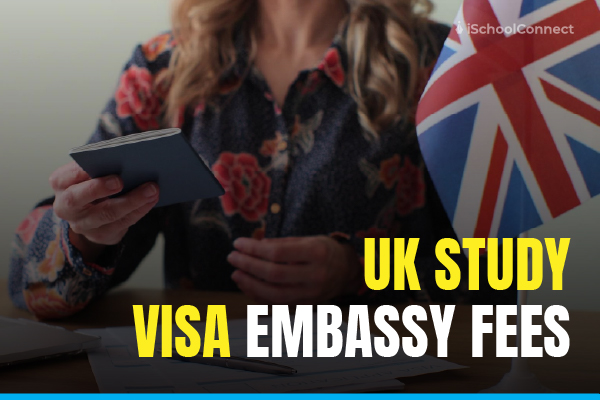Table of Contents
F1 visa
The F1 visa is a non-immigrant visa that permits international students to study at institutions that have recognition by the Student and Exchange Visitor Program in the United States (SEVP). It is the most standard type of student visa for students wishing to pursue education at a US university or college. You can only apply for your F1 visa if your application is accepted by an accredited US institution. Continue reading for complete details about the F1 visa.
Benefits of an F1 visa
Here are some of the benefits of an F1 visa
- The F1 visa has no visa number restrictions, so an unlimited number of students can enter the United States anytime.
- You can study full-time in the United States and receive a world-class education.
- You can travel in and out of the USA during your studies. If you prefer, you can spend the entire time in the United States.
- Your family, spouse, and dependents may accompany you if they apply for and are granted F-2 status.
Who can apply for an F1 visa?

Here’s who is eligible for the F1 visa
Obtain admission to a SEVP-approved institution
The Student Exchange Visitor Program (SEVP) maintains a list of schools and universities that meet the requirements and accept international students. Before you apply to your preferred schools or universities, check the SEVP to see if they are listed. If yes, you can send them the documents they need to make an admission decision. If not, you should not apply because they will not grant you a student visa.
You must be a full-time student
For an F1 visa, you must enroll full-time at a SEVP-approved university.
Maintain strong ties to your homeland
It will be more challenging to obtain an F1 visa if you do not demonstrate and submit documentation that you have solid ties to your home country and intend to return after your educational program ends.
Demonstrate financial sufficiency
You must demonstrate that you have enough money in your bank accounts to cover the finances of studying and living in the USA. It does not rule out the possibility of F1 students receiving scholarships. Indeed, you are motivated to apply for scholarships and organizations to reduce your financial burden.
You must be fluent in English
You must demonstrate that you can converse and understand English at a level sufficient to enroll in an academic program. Students can demonstrate their language skills by taking standardized English proficiency tests like the TOEFL or IELTS.
F1 visa requirements
Here are the requirements you need to fulfill for an F1 visa
- Non-immigrant student eligibility certificate (I-20)
- Your SEVIS fee receipt
- Receipt of a non-immigrant student’s online visa application (DS-160).
- A passport validates for at least six months beyond your intended stay in the United States.
- You may also submit any old passports.
- Documents proving your financial situation or any assistance you will receive during your studies.
- One physical and one digital color photo of yourself. These must also meet the image requirements of US immigration.
- Transcripts, test scores, qualifications, or certificates from previous schools.
- You must also bring these documents to your visa interview.
Documents demonstrating your prior education and current qualifications
- Authentic transcripts
- Standardized test results (TOEFL, IELTS, GRE, GMAT, etc.)
- Letters of acceptance from the educational institution that accepted you
- Diplomas from previous degrees
How to apply for an F1 visa?

Here’s how you can apply for an F1 visa-
- Obtain your admissions paperwork from the SEVP institution.
- Use the DS-160 form to apply online.
- Make payment for the application fee.
- Pay the SEVIS I-901 application fee.
- Plan your F1 visa interview.
- Submit the file along with the required F1 visa documents.
- Attend the interview for a student visa.
Obtain your admissions paperwork from the SEVP institution
After you apply and get admission to the school of your choice, they must complete some procedures before you can apply for the F1 visa. Form I-20, Certificate of Eligibility for Nonimmigrant Student Status, is your most important document. If you have this form, you can apply for the F1 student visa and attend your interview.
Use the DS-160 form to apply online
After receiving your Form I-20, you can begin the normal application process. It includes submitting the DS-160 form online with your visa status information.
Make payment for the application fee
The student visa application fee is $160. You must pay this fee and obtain a receipt, which you will need for your interview documentation later. Additional fees may apply depending on your country of origin and the US Embassy from which you apply.
Pay the SEVIS I-901 application fee
When you enter a SEVP institution, your school registers you in the Student and Exchange Visitor Information System right away (SEVIS). There is a SEVIS I-901 fee for complete registration. This fee is $200 for the F1 visa.
Plan your interview for an F1 visa
After filing the DS-160 form and paying the fees, you must schedule your interview. Try to schedule it as early as possible because there might be delays due to the US Embassy. When you plan it, you will receive an interview appointment letter. You will need it later in the application process.
Submit the file along with the required F1 visa documents
Before you go to the interview, you should prepare your file with the necessary student documents.
Attend the interview for a student visa
When you attend the student visa interview, the questions will mainly revolve around your reasons for traveling to the US and the university you are going to. The interviewer will try to understand whether you intend to return to your country after you finish your degree.
What can you expect from your F1 visa interview questions?
The interview takes place in front of a visa officer at a US embassy or consulate in English. The discussion is usually straightforward and brief, lasting no more than five minutes. The F1 visa interview questions vary but frequently concern your chosen program, academic achievements, finances, post-graduation plans, and university.
You must demonstrate that you have no plans to stay in the United States after your program ends. It is frequently necessary to have funds available to purchase a plane ticket home at the end of your program.
F1 visa processing time
You will receive a response on this visa immediately following your interview. The interviewer may congratulate you on obtaining the permit or provide a document informing you of the reason for the denial at the end of the visa interview. The processing of this type of visa occurs before your interview.
The interview is the final step for the US Embassy to determine whether or not to issue the permit. There are instances where the answer and processing of the F1 visa takes a few days, so be patient if this occurs.
Key takeaways
- The international student office at your chosen institution will send you an I-20 form. You must keep this form safe because you will need it for your visa interview.
- You must also upload a photo of yourself that meets specific requirements and provide any other documents requested.
- If you have family or children who need to accompany you while studying in the United States, they must apply for and get an F2 visa.
Did you find this blog helpful? Please share your views and perspectives in the comments below. Please contact us for more information on the F1 visa by clicking here. We would be happy to assist you with your queries.
Liked this blog? Read next: M1 visa | Eligibility, requirements, process, and more
FAQs
Q1. How many years is the F1 visa valid for the USA?
Answer- When you get an F-1 visa after an F-1 visa student interview, your visa stamp is usually valid for five years. However, there are instances when the F1 authorization expires in less than five years.
Q2. Is an F1 visa eligible to work in the US?
Answer- An F-1 student must follow three major employment rules-You can work at any distinguished on-campus job that does not dispense with a US citizen or LPR. Work up to 20 hours weekly while school is in session.
Q3. How long can an F1 student be out of status?
Answer- Individuals who have been in the United States for more than 180 days without a valid status are barred from returning for at least three years, according to US immigration law. Individuals in the United States for more than a year without a valid visa are barred from returning for at least ten years.







